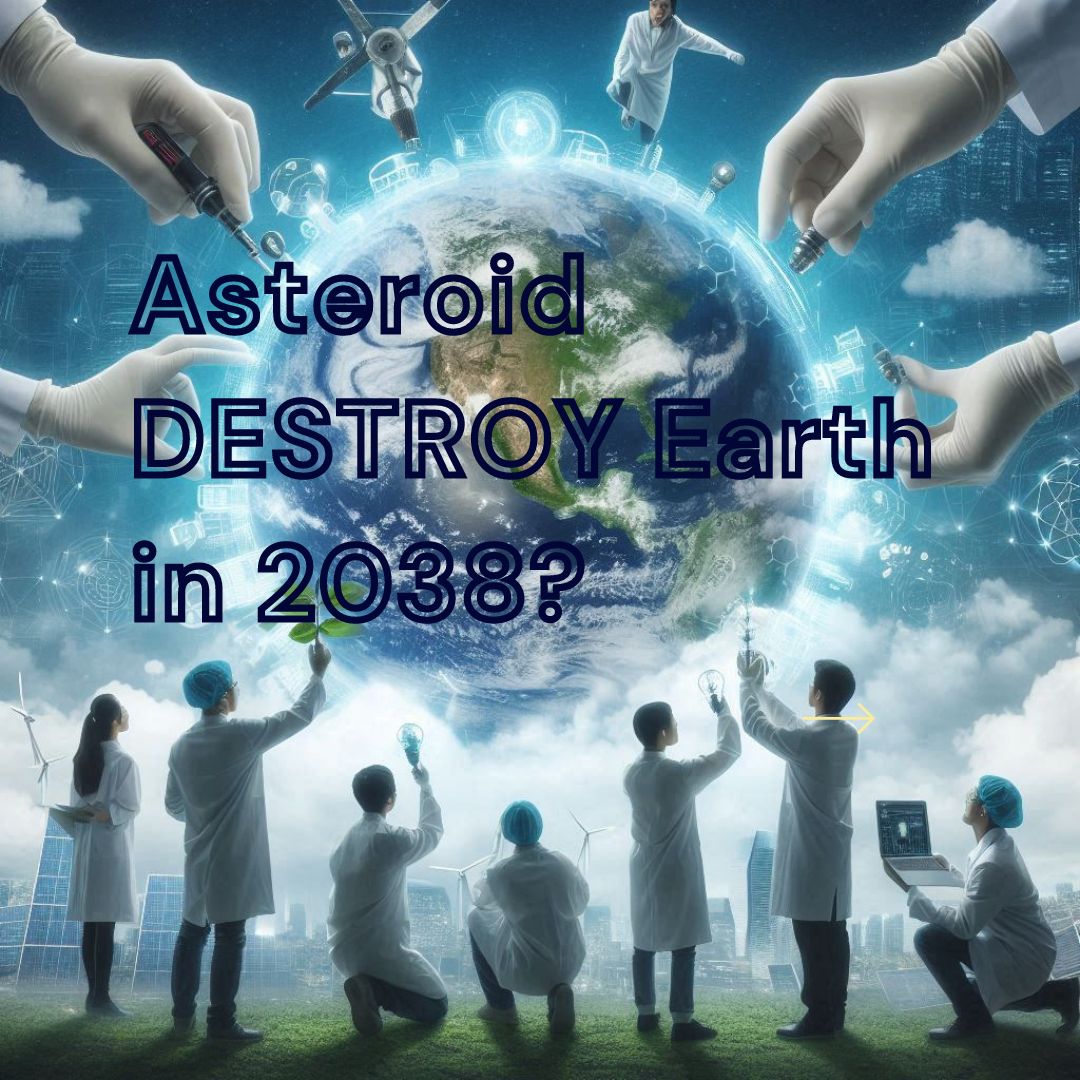Understanding Asteroid Risks: Debunking Myths and NASA’s Plan for Planetary Defense
Introduction
In recent weeks, social media has been buzzing with alarming news about potential asteroid collisions with Earth. Claims of catastrophic impacts, planetary destruction, and global extinction events have stirred significant concern. However, it’s crucial to separate fact from fiction and understand the real risks and preparedness measures in place. In this blog, we will explore the truth behind these asteroid threats, debunk some common myths, and discuss NASA’s strategies for planetary defense.
Asteroid Myth-Busting: Fact vs. Fiction
1. The Apophis Asteroid: A Close Encounter
One of the most talked-about asteroids is Apophis, a space rock with a diameter of over 1,000 feet. Predicted to pass close to Earth on April 13, 2029, this asteroid has been the subject of numerous alarmist headlines. However, contrary to some reports, Apophis poses no real threat. Initial observations in 2004 suggested a 2.7% chance of collision, but further studies have confirmed that the asteroid will safely pass by Earth with a 0% chance of impact. The 2029 flyby will offer a spectacular view, visible even without a telescope.
2. The 2038 Asteroid Threat: Debunking the 72% Chance
Another recent scare involves an asteroid predicted to collide with Earth on July 12, 2038, with a 72% chance of impact. This claim has been widely circulated but is based on a hypothetical exercise conducted by NASA to prepare for potential asteroid threats. The 72% figure is not a prediction but a scenario used to test response strategies. Current data shows no significant threat from asteroids with this probability.
Understanding Asteroids and Their Risks
1. Types of Space Rocks: Asteroids vs. Comets vs. Meteoroids
Asteroids are rocky bodies orbiting the Sun, primarily found in the asteroid belt between Mars and Jupiter. Comets, composed of ice and dust, originate from the Kuiper Belt and exhibit visible tails as they approach the Sun. Meteoroids are smaller fragments of asteroids or comets, and when they enter Earth’s atmosphere, they are called meteors. If they land on Earth, they are referred to as meteorites.
2. Risk Assessment: Current and Future Threats
While large-scale asteroid impacts are rare, they have historically caused significant events, such as the extinction of dinosaurs 66 million years ago. NASA and other space agencies maintain a risk list of Near-Earth Objects (NEOs) to monitor potential threats. The top objects on this list, such as the 2023VD3, 1979XB, and 2008JL3, currently pose minimal risks with probabilities of collision ranging from 0.01% to 0.25%.
NASA’s Planetary Defense Strategies
1. Detection Systems: Identifying Potential Threats
Several key projects are dedicated to detecting and tracking asteroids and comets. These include:
- LINEAR (Lincoln Near-Earth Asteroid Research): Uses telescopes to discover thousands of asteroids annually.
- CSS (Catalina Sky Survey): Known for precise measurements and predictions.
- PAN-STARRS (Panoramic Survey Telescope and Rapid Response System): Employs large digital cameras for extensive sky surveys.
- ATLAS (Asteroid Terrestrial Impact Last Alert System): Provides last-minute warnings of potential impacts.
2. Defensive Measures: Strategies to Prevent Collisions
NASA has tested the Kinetic Method, which involves sending a spacecraft to collide with an asteroid and alter its orbit. The successful DART (Double Asteroid Redirection Test) mission in 2022 demonstrated this approach. Other methods include the Slow Push and Pull technique, using solar energy to gradually change an asteroid’s trajectory, and the Nuclear Method, which remains a theoretical last resort for large asteroids.
While the prospect of an asteroid impact can be unsettling, the reality is that space agencies worldwide are actively monitoring and preparing for such events. With robust detection systems and defensive strategies in place, the likelihood of a catastrophic asteroid collision is extremely low. Stay informed with credible sources and avoid falling for sensationalist headlines. For more information on space and planetary defense, explore related topics and stay tuned to scientific updates.

